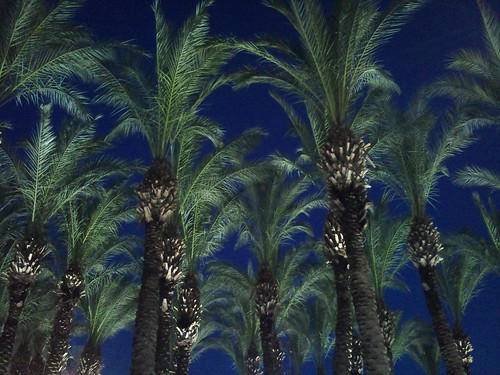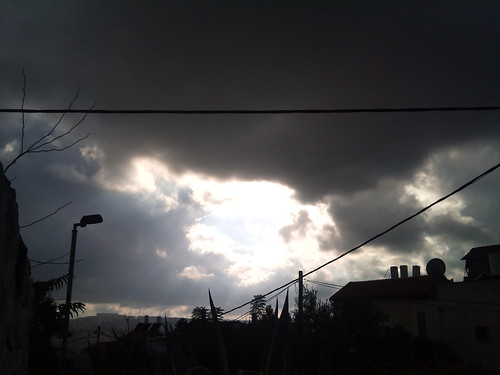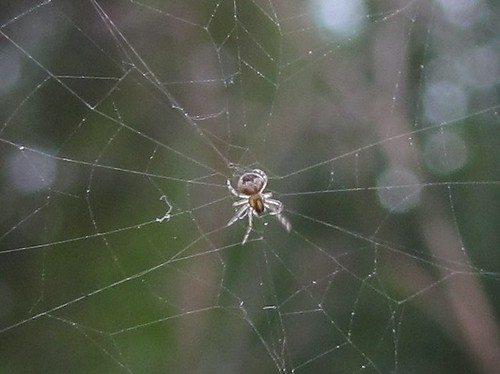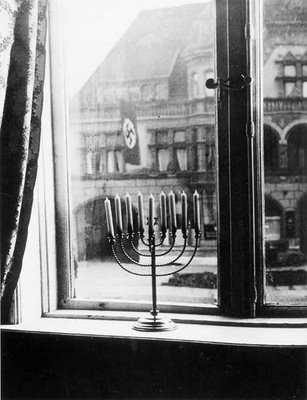For my readers, here’s a guest post about the city of Safed (in Hebrew, Tzfat). When I was there long ago, I took photos in non-digital format that I hope to scan and share online soon.
A story from Tzfat that I heard long ago from the person it happened to follows the next section.
* * *
The ancient, mystical city of
Tzfat – in English, Safed – holds a great deal of fascination with its narrow alleyways, ancient synagogues and stone houses with blue-painted doors and gates. Although most Israelis perceive Tzfat as a religious city, more and more secular Israelis are choosing to go there for day trips, Shabbat or holiday experiences and special events.
During the recent holiday seasons – Sukkot and Hanukkah – more Israeli tourists expressed interest in
visiting Tzfat. Thousands of people came to the city, either as part of organized groups or on their own, to see the traditional holiday customs as practiced by the
various communities there. The visitors were fascinated by Jewish traditions that they had heard about but don’t generally observe, or observe to different degrees, in Tel Aviv, Haifa or even Jerusalem. While Orthodox communities exist in all of these areas, in Tzfat people can see these traditions up close as they walk along the narrow streets of the
Old Jewish Quarter.
Although reasons vary for Tzfat’s new popularity among non-observant Israelis, one oft-cited explanation is the openness and accessibility of Tzfat’s residents. The inhabitants of the Old City are generally a friendly and talkative group. Many will go out of their way to greet a family or tour group as they walk along the street. It's not unusual to see secular Israelis engaged in intense dialogue with outwardly religious Tzfat residents as they discuss the practices and beliefs of Orthodox Judaism in an open atmosphere of mutual interest and respectful communication.
Many Tzfat residents open their homes to visitors as well, allowing the tourists to make a personal connection with a local family. While local organizations and tour groups advertise Sukkot tours or Hanukkah candlelighting tours that offer a broad historical and educational view of the city’s customs, the highlights of these tours occur when the groups run into local residents and get into lively discussions about Jewish observance – or any other topic under the sun.
It is this openness – together with all there is to see, do and learn – that attracts more Israelis to come sightseeing in Tzfat.
* * *
Rahel again. I can attest to the openness of many of Tzfat’s residents. For good measure, here’s a story I heard long ago from the resident it happened to.
Like Jerusalem’s Old City, Tzfat’s Old City has no room for cars on its narrow streets. The residents park in a central parking lot some distance away from their homes. Most of the cars spend Shabbat in the parking lot... or, at least, that’s where they’re supposed to be.
One day long ago, my acquaintance was walking along a street in Tzfat when a fellow resident accosted him angrily and said, “So-and-so, you’re a fraud!”
Taken aback, my acquaintance asked him what he meant.
“You claim to be an observant Jew,” the other man said, “but you’re not. I spent last Shabbat in Rosh Pina, and as I was walking down the street, I saw you driving your car!”
“You may have seen my car in Rosh Pina, but I wasn’t driving it,” said my acquaintance. “I was here with my wife and children.”
Suddenly his eyes widened. “You know, when I go to get my car on Sunday mornings, it often seems that it’s in a different spot from where I left it on Friday afternoon. I’d better check this out.”
The following Friday afternoon, my acquaintance staked out the parking lot. Watching from his vantage point, unseen by anyone else, he witnessed several youths approach his car, hot-wire it and drive it off. A few hours later, they returned, parked the car in a different spot in the parking lot, and left.
The next week, my acquaintance began a new custom every Friday afternoon: raising the hood of his car, removing the spark-plug wires, and taking them home for Shabbat.
But isn’t that something? The kids borrowed his car every week – and brought it back!






